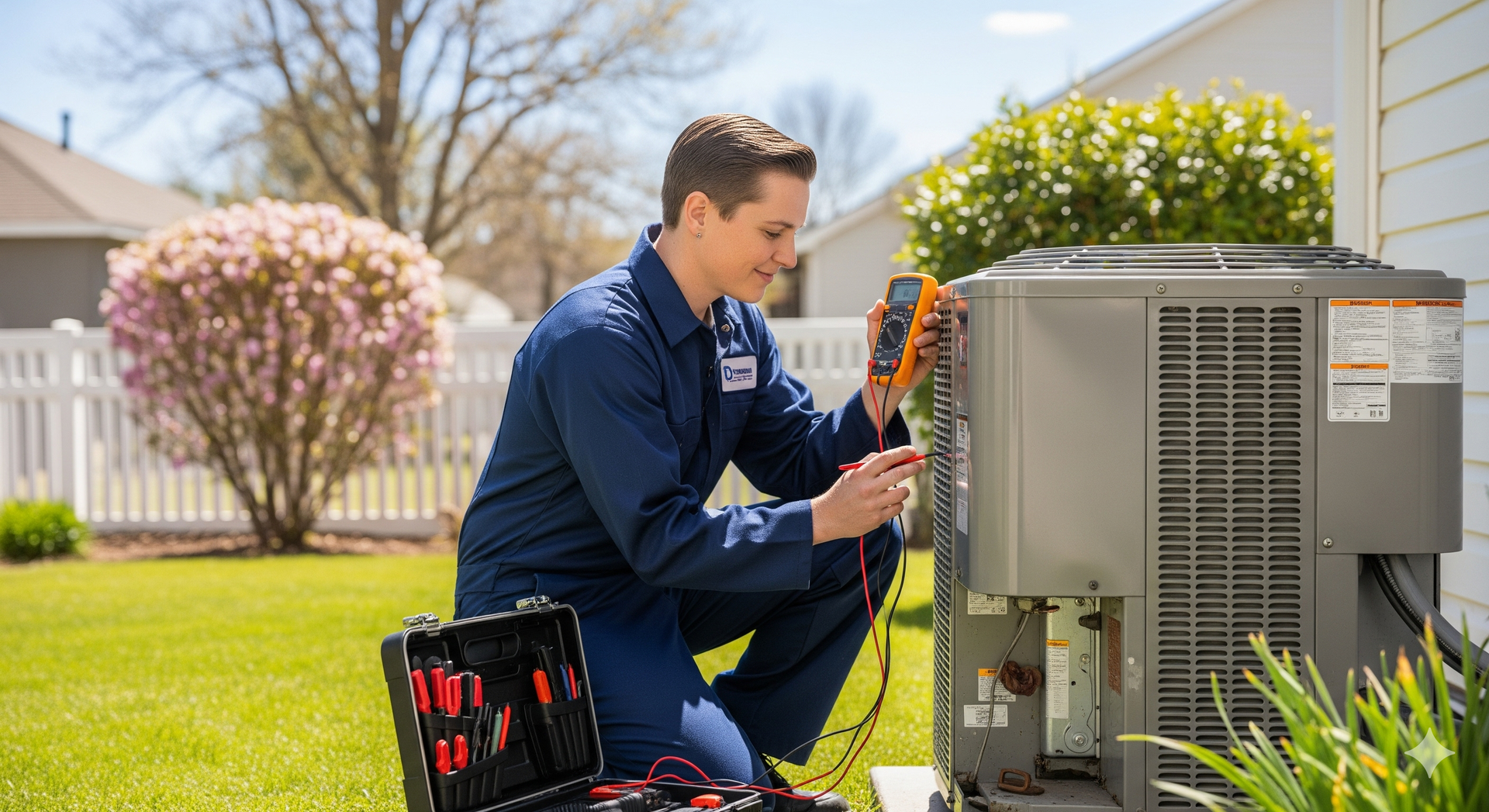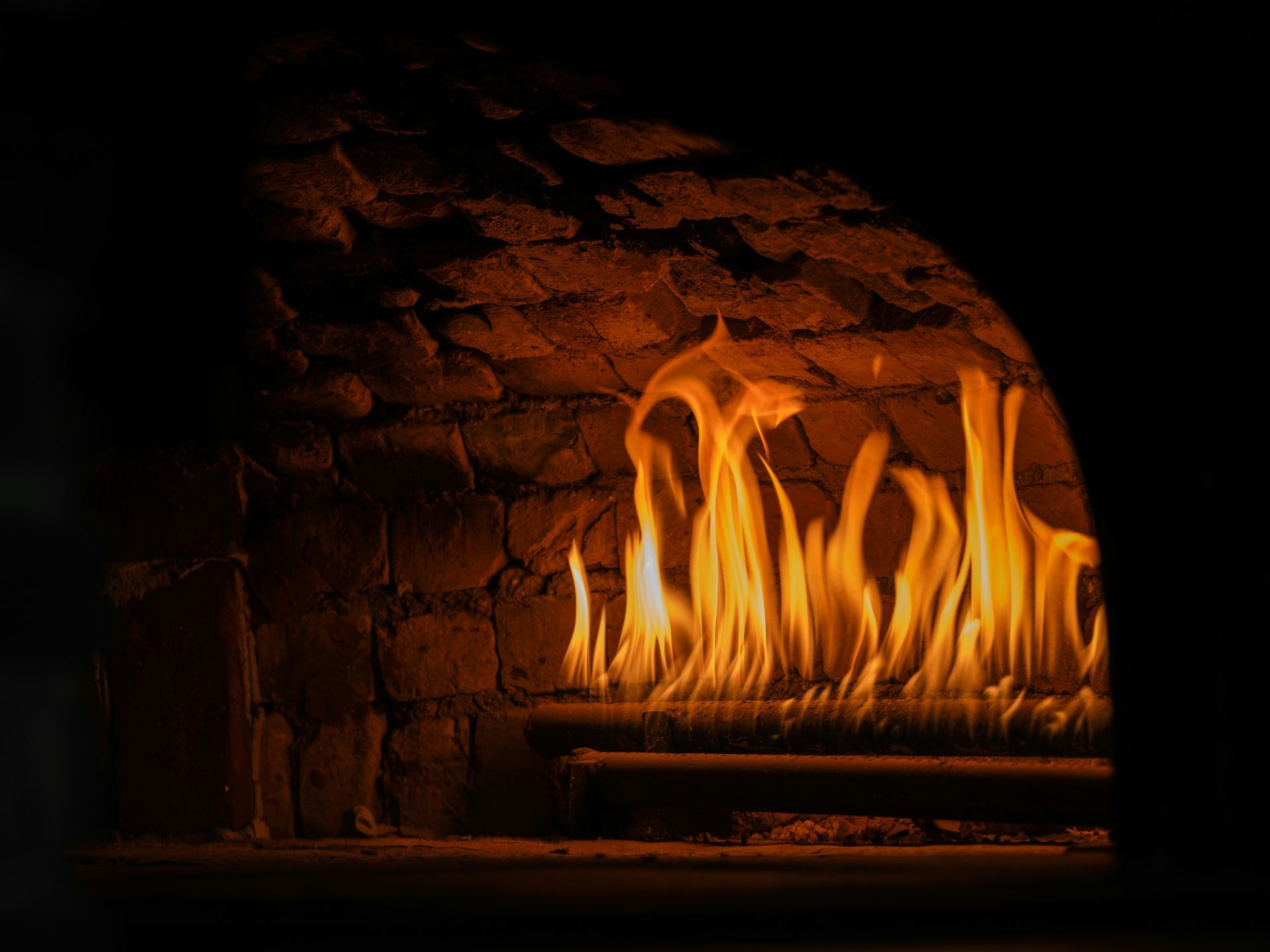What Causes Uneven Heating in Your Home and How to Fix It
Uneven heating in a home can be frustrating, leaving some rooms too warm while others feel like an icebox. This common issue disrupts comfort, increases energy bills, and may signal underlying problems with your heating system or home structure. In many cases, professional residential HVAC services can identify and fix the root cause. Whether you live in the city or a nearby town, checking if your provider covers your area through their service areas page is a good first step. Understanding the causes of uneven heating and how to address them can restore balance and efficiency to your living space. This article explores the key reasons behind uneven heating, offers practical solutions, and provides actionable tips to ensure every corner of your home stays comfortable.
Key Takeaways
- Uneven heating often stems from issues like poor insulation, duct problems, or thermostat placement.
- Regular maintenance of your heating system can prevent temperature imbalances.
- Simple fixes like sealing leaks or adjusting vents can make a big difference.
- Zoning systems offer a tailored solution for consistent heating across rooms.
- Professional assessments can uncover hidden issues causing uneven temperatures.
- Energy-efficient upgrades can improve comfort and lower utility costs.
Common Causes of Uneven Heating
Uneven heating occurs when certain areas of your home receive more or less heat than others. Several factors contribute to this issue, ranging from design flaws to equipment malfunctions. Below are the most common culprits.
Poor Insulation
Inadequate or uneven insulation allows heat to escape, particularly in older homes. Walls, attics, and floors with insufficient insulation fail to retain warmth, causing some rooms to feel colder. For example, rooms with exterior walls or large windows may lose heat faster than interior spaces.
Ductwork Issues
Leaky, blocked, or poorly designed ductwork can disrupt airflow in forced-air heating systems. Leaks in ducts allow warm air to escape before reaching its destination, while blockages like dust or debris reduce airflow to certain rooms. Poor duct design, such as undersized or overly long ducts, can also create uneven heating. In cases where your duct system is beyond repair, professional duct installation and remodeling can improve airflow and balance temperatures throughout your home.
Thermostat Placement
The location of your thermostat plays a critical role in temperature regulation. If it’s placed near a heat source, drafty window, or in a rarely used room, it may misread the home’s overall temperature. This leads to the heating system shutting off prematurely or running too long, creating hot or cold spots.
Airflow Obstructions
Furniture, rugs, or closed vents can block airflow, preventing warm air from circulating properly. Rooms with closed or partially closed vents often feel colder because they receive less heated air. Similarly, dirty air filters can restrict airflow, reducing the efficiency of your heating system.
Home Design and Layout
The layout of your home can contribute to uneven heating. Multi-story homes, for instance, often experience warmer upper levels and cooler lower levels due to heat rising. Large open spaces or rooms with high ceilings may also struggle to maintain consistent temperatures.
Aging or Inefficient Heating Systems
Older furnaces or boilers may struggle to distribute heat evenly, especially if they’re undersized for your home. Inefficient systems may not have the power to push warm air to distant rooms, leaving them cooler than others. Upgrading to a modern, energy-efficient furnace can improve comfort and reduce energy costs.
How to Diagnose Uneven Heating
Identifying the root cause of uneven heating requires a systematic approach. Start by observing which rooms are consistently too hot or too cold. Check for drafts near windows or doors, and inspect vents for blockages. You can also use a thermometer to measure temperature differences between rooms. If the problem persists, consider hiring a professional to assess your heating system, insulation, and ductwork. They may use tools like thermal imaging to detect heat loss or airflow issues.
| Area to Check | What to Look For | Potential Solution |
|---|---|---|
| Insulation | Gaps, thin spots, or missing insulation | Add or replace insulation |
| Ductwork | Leaks, blockages, or poor design | Seal leaks, clean ducts, or redesign |
| Thermostat | Poor placement or malfunction | Relocate or recalibrate thermostat |
| Vents | Closed vents or obstructions | Open vents, remove blockages |
| Heating System | Age, size, or inefficiencies | Upgrade or maintain system |
Practical Solutions to Fix Uneven Heating
Once you’ve identified the cause, you can take steps to address uneven heating. These solutions range from quick DIY fixes to long-term upgrades.
Improve Insulation
Adding or upgrading insulation in walls, attics, and floors can significantly reduce heat loss. Use weatherstripping or caulk to seal gaps around windows and doors. For a more thorough fix, consider hiring a professional to blow in insulation or install foam board in key areas.
Optimize Ductwork
Have your ductwork inspected for leaks or blockages. Sealing ducts with mastic or foil tape can prevent air loss, while cleaning them removes dust and debris. If your duct system is poorly designed, consult an HVAC professional to reconfigure it for better airflow.
Relocate or Upgrade Your Thermostat
If your thermostat is in a problematic location, move it to a central area away from heat sources or drafts. Consider upgrading to a smart thermostat, which allows for more precise temperature control and remote adjustments. Some models even support multiple sensors to monitor different rooms.
Adjust Airflow
Ensure all vents are fully open and unblocked. Rearrange furniture or rugs that may obstruct airflow. Replace dirty air filters every one to three months to maintain proper airflow. If certain rooms remain too hot, partially close vents in those areas to redirect air to cooler spaces.
Install a Zoning System
Zoning systems use multiple thermostats and dampers to control airflow to different parts of your home. This allows you to set specific temperatures for individual rooms or zones, ensuring consistent comfort. While this is a more expensive solution, it’s highly effective for large or multi-story homes.
Upgrade Your Heating System
If your furnace or boiler is old or undersized, upgrading to a modern, energy-efficient model can improve heat distribution. Variable-speed furnaces, for example, adjust airflow based on demand, reducing temperature swings. Consult an HVAC professional to determine the right system size for your home.
Use Supplemental Heating
For rooms that remain persistently cold, portable space heaters or radiant floor heating can provide targeted warmth. Ensure any supplemental heaters are energy-efficient and safe to use. Ceiling fans set to low speed can also help circulate warm air more evenly.
Maintenance Tips to Prevent Uneven Heating
Regular maintenance can prevent uneven heating from becoming a recurring issue. Schedule annual HVAC inspections to ensure your system is running efficiently. Clean or replace air filters regularly, and keep vents and radiators free of dust and debris. Check insulation periodically for wear or damage, especially in attics or crawlspaces. Addressing small issues early can save you from costly repairs later.
Energy Efficiency and Cost Savings
Fixing uneven heating not only improves comfort but also boosts energy efficiency. Sealing leaks, improving insulation, and upgrading to a smart thermostat can reduce energy waste, lowering your utility bills. According to the U.S. Department of Energy, proper insulation and air sealing can save homeowners up to 15% on heating costs. If your water heater is outdated, installing a modern, energy-efficient water heater can further cut energy use while improving overall comfort. Investing in these upgrades may also qualify you for energy efficiency rebates or tax credits.
Frequently Asked Questions
Why is one room in my house always colder than others?
A single cold room could be due to poor insulation, closed vents, or ductwork issues. Check for drafts, ensure vents are open, and consider adding insulation or using a space heater.
Can a smart thermostat fix uneven heating?
A smart thermostat can help by providing precise control and supporting multiple sensors, but it won’t address underlying issues like poor insulation or duct leaks.
How often should I replace my air filters?
Replace air filters every one to three months, depending on usage and filter type. Dirty filters restrict airflow, worsening uneven heating.
Is zoning worth the cost for uneven heating?
Zoning is highly effective for large or multi-story homes but can be expensive. It’s worth considering if other solutions don’t fully resolve the issue.
When should I call a professional for uneven heating?
If DIY fixes like adjusting vents or sealing leaks don’t work, or if you suspect ductwork or system issues, hire an HVAC professional for a thorough assessment.
Final Thoughts
Uneven heating can make your home less comfortable and drive up energy costs, but it’s a problem with practical solutions. By addressing issues like poor insulation, ductwork problems, or thermostat placement, you can achieve consistent warmth throughout your home. Start with simple fixes like opening vents or sealing leaks, and consider long-term investments like zoning systems or new heating equipment for lasting results. Taking advantage of available
special offers and flexible
financing options can make these upgrades more affordable. For expert guidance and reliable service,
contact us today to schedule your next HVAC appointment and enjoy a warmer, more efficient home.


